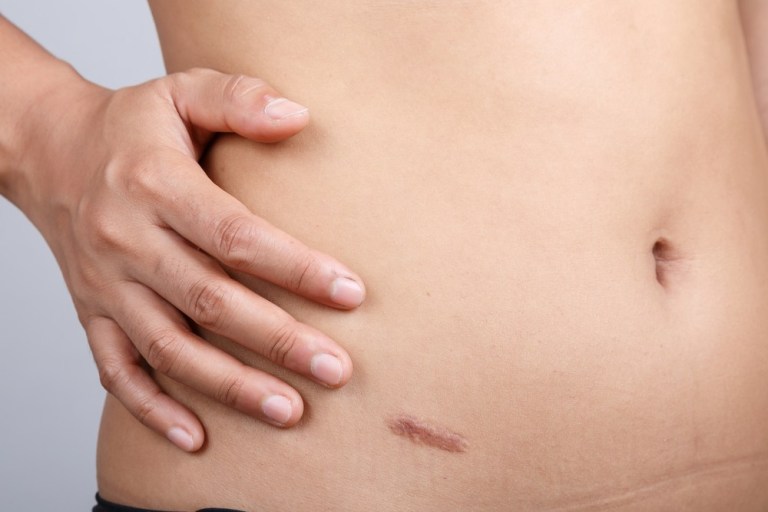Introduction to Laser Scar Removal
Laser Scar Removal has revolutionized the treatment of scars, offering hope to many individuals dealing with visible reminders of past injuries or surgeries. However, the effectiveness of laser treatments can vary significantly based on several key factors. Understanding these factors is crucial for anyone considering laser scar removal to manage expectations and achieve the best possible results.
Understanding Scar Formation
Scars form as part of the natural healing process when the skin repairs itself after an injury or trauma. The type and severity of scars can vary widely, including hypertrophic scars, keloids, atrophic scars, and more. Factors contributing to scar formation include the depth and extent of the injury, genetics, and individual healing processes.
Factors Influencing Laser Scar Removal
- Skin Type and Color: Different skin types and colors respond differently to laser treatments. Lighter skin tones generally respond better to certain lasers, while darker skin tones may require specialized techniques to minimize the risk of pigmentation changes.
- Scar Age and Severity: Fresh scars often respond more effectively to laser treatments than older scars. The severity of the scar, including its size, depth, and texture, also influences treatment outcomes.
- Location of the Scar: Scars in areas with thicker skin, such as the back, may require more aggressive treatment compared to scars on thinner skin, like the face or neck.
- Health and Lifestyle Factors: Overall health, lifestyle choices, and habits like smoking can impact the body's ability to heal and respond to laser therapy.
- Treatment Protocol and Technique: The specific laser used, treatment settings, and the expertise of the provider play a significant role in the results of laser scar removal. Customizing the treatment plan to each individual's needs is essential for optimal outcomes.
Types of Laser Treatments for Scars
Several types of lasers are used for scar removal, including fractional laser therapy, pulsed dye laser (PDL) therapy, and carbon dioxide (CO2) laser resurfacing. Each type targets different aspects of scar tissue, promoting collagen remodeling and skin regeneration.
Expected Results and Recovery
After laser scar removal, patients can expect immediate changes in the appearance of the scar, such as reduced redness and improved texture. Long-term results continue to improve over several months as the skin continues to heal and regenerate. The recovery process typically involves minimal downtime and specific post-treatment care to optimize results.
Benefits and Risks of Laser Scar Removal
The benefits of laser scar removal include improved skin texture, reduced scar visibility, and enhanced self-confidence. However, risks such as temporary redness, swelling, or changes in pigmentation are possible and should be discussed with a qualified provider before treatment.
Cost Considerations and Accessibility
The cost of laser scar removal varies based on the type of laser, the number of sessions required, and the provider's expertise. Insurance coverage for cosmetic procedures like laser scar removal may be limited, but financing options are often available to make treatment more accessible.
Choosing the Right Provider
Selecting a qualified provider with experience in laser scar removal is essential for safe and effective treatment. Researching credentials, reading reviews, and scheduling consultations can help individuals find the right provider for their needs.
Conclusion
Laser Scar Removal in Riyadh offers a promising solution for improving the appearance of scars, but success depends on various factors discussed above. By understanding these factors and working with a skilled provider, individuals can achieve significant improvements in scar appearance and overall skin health.






Comments